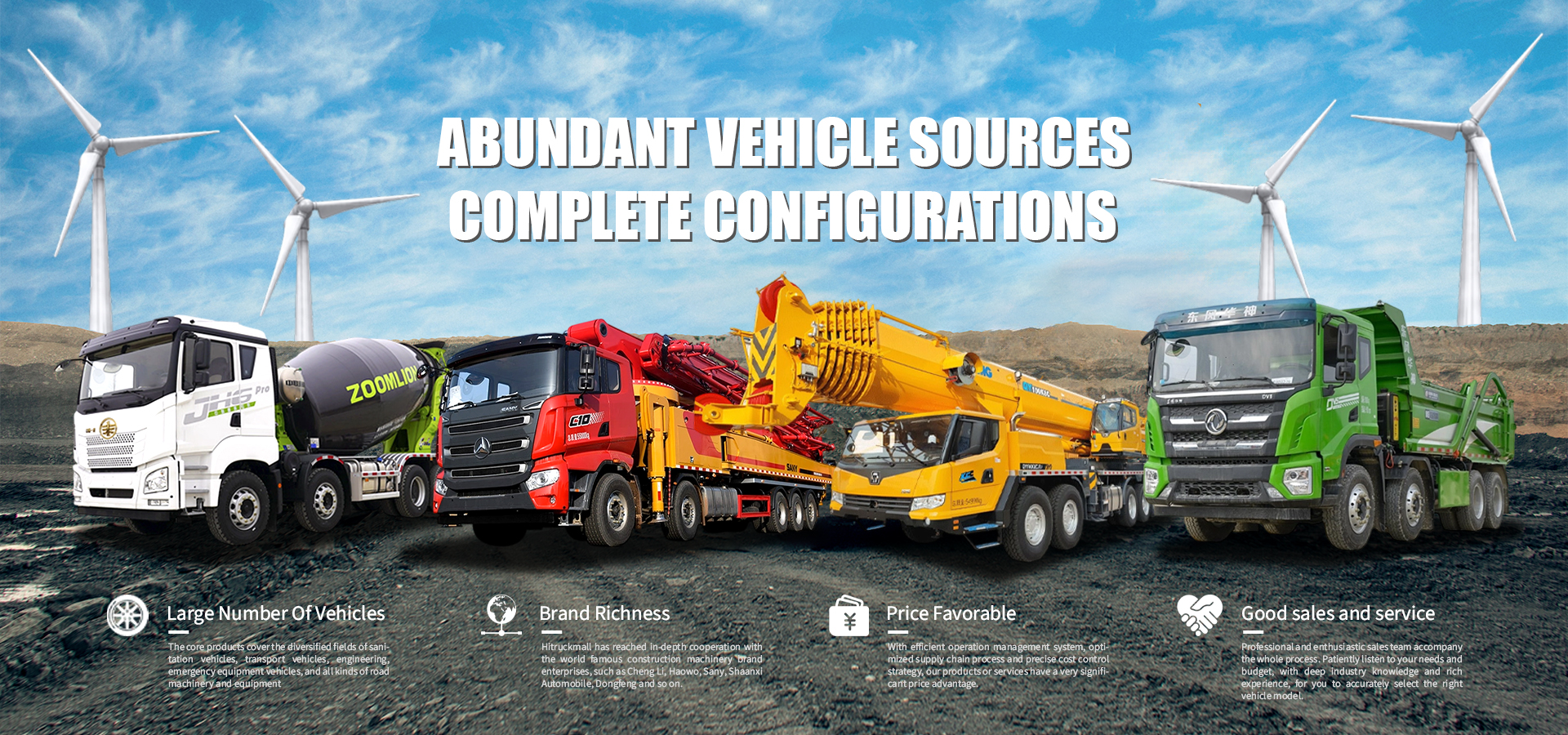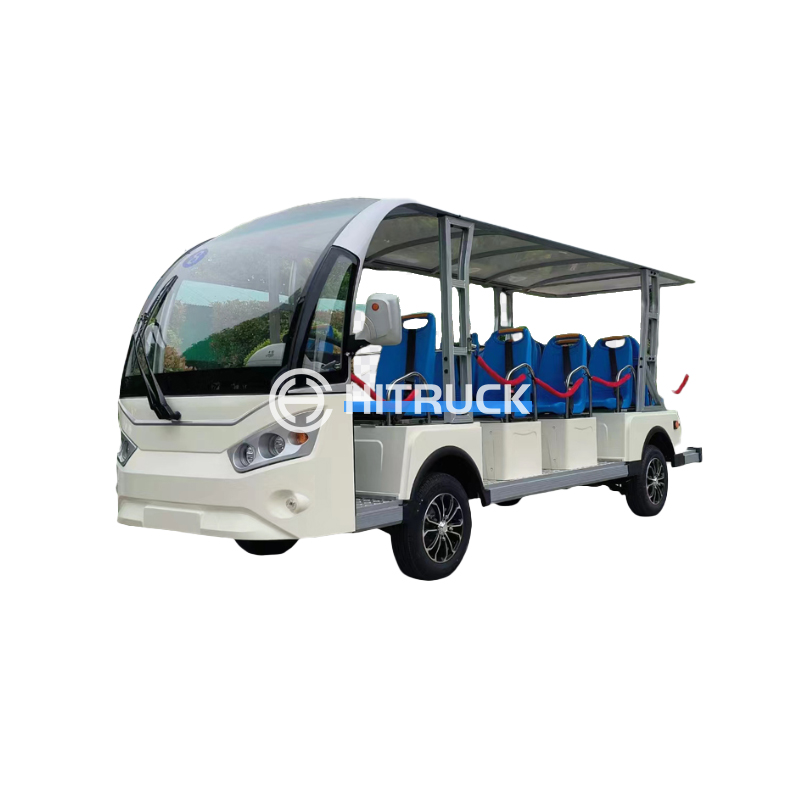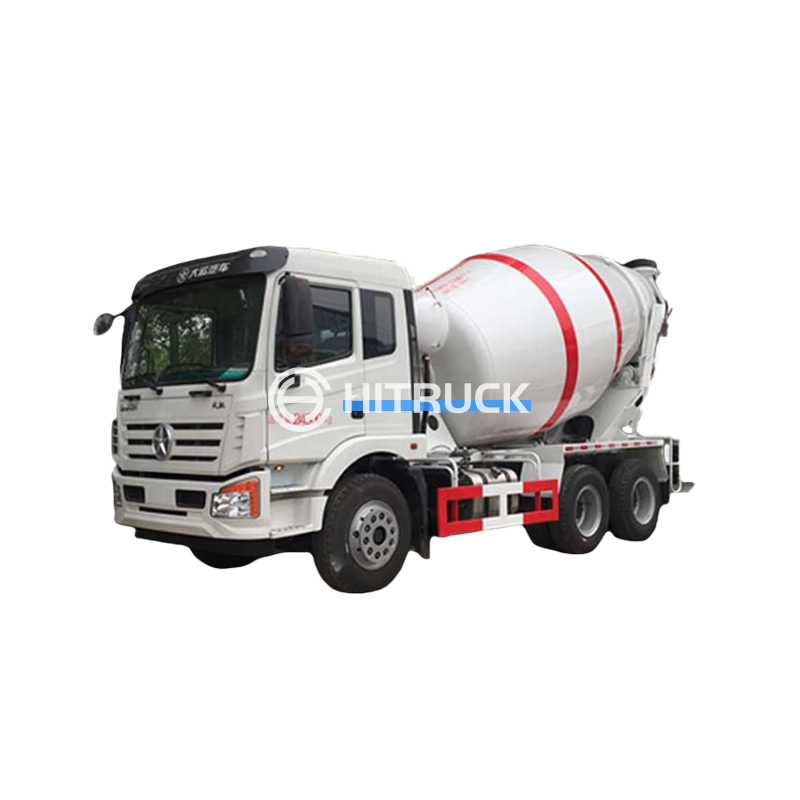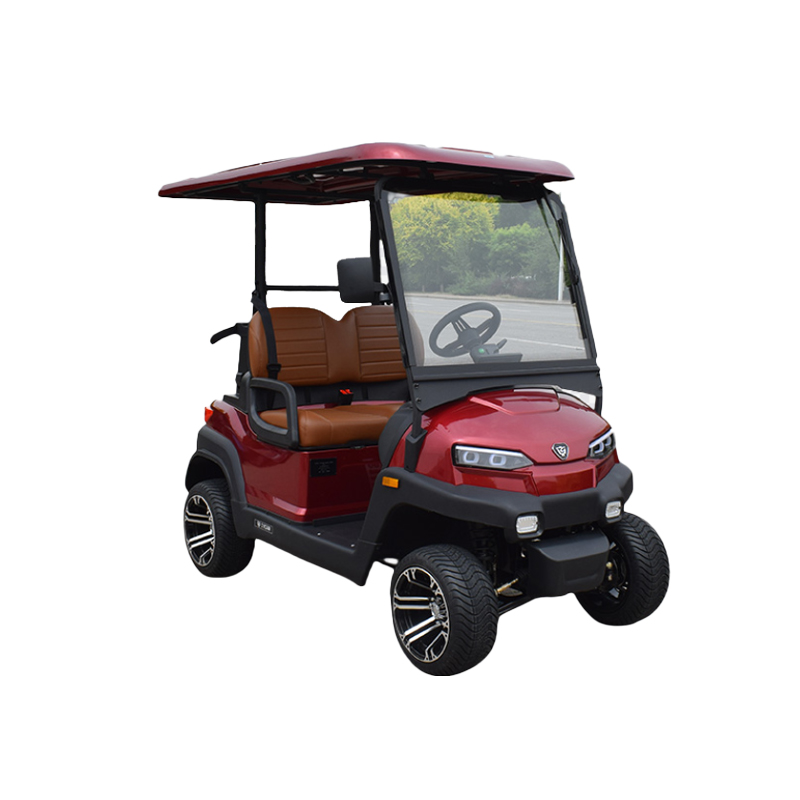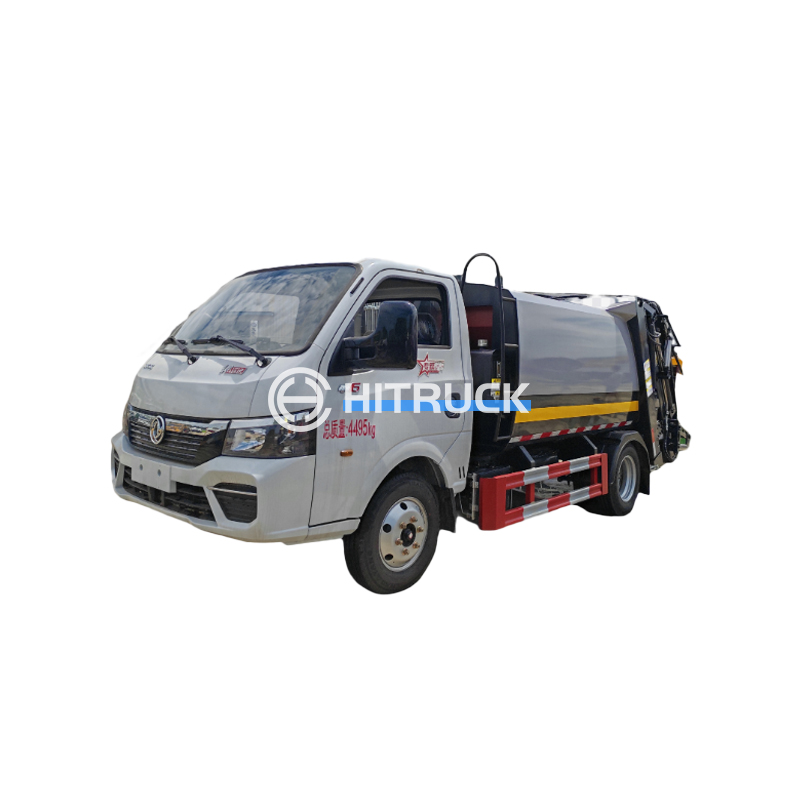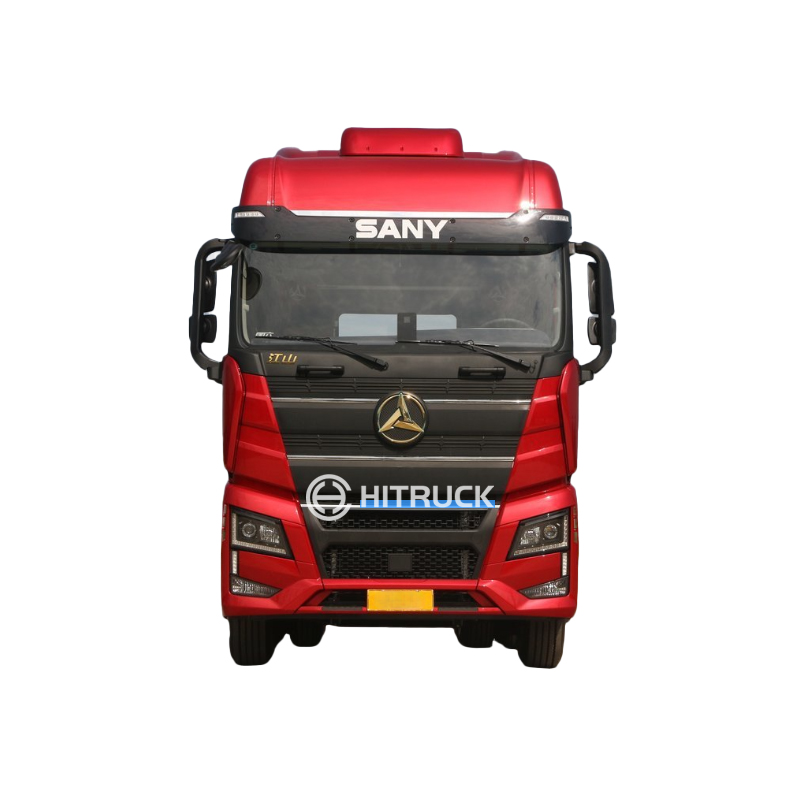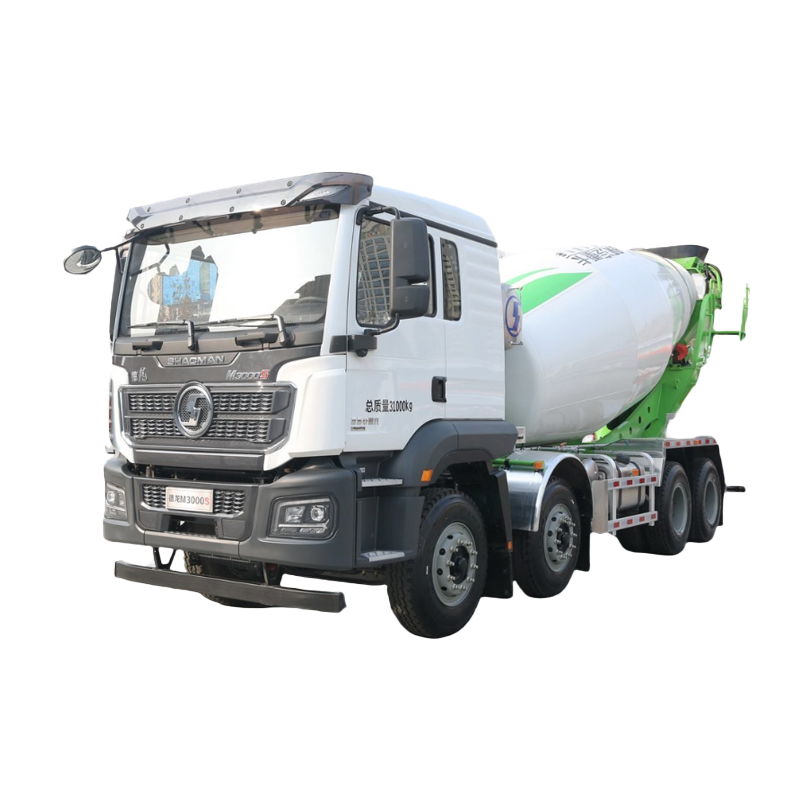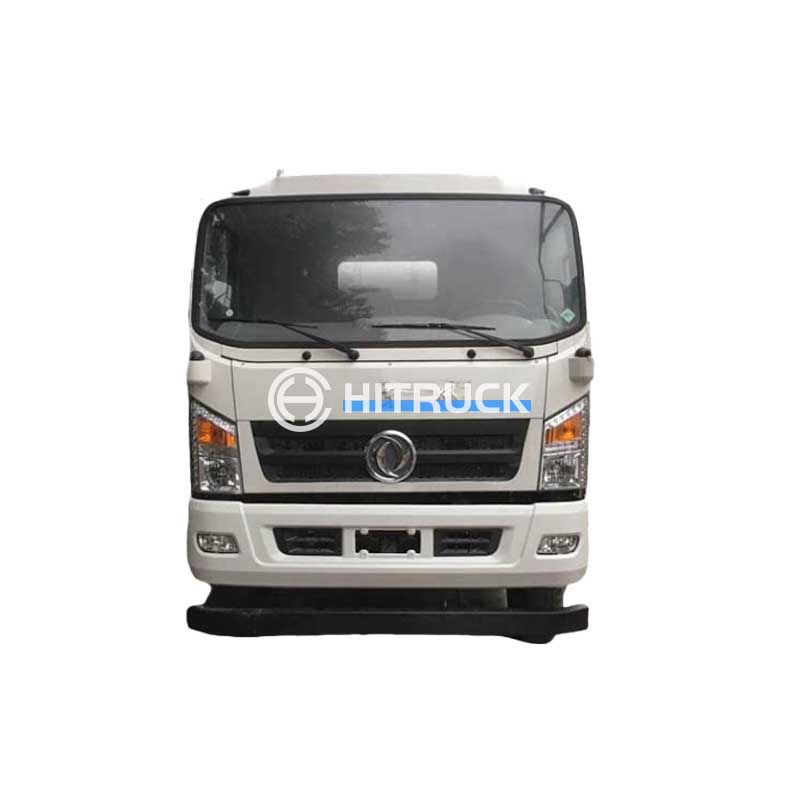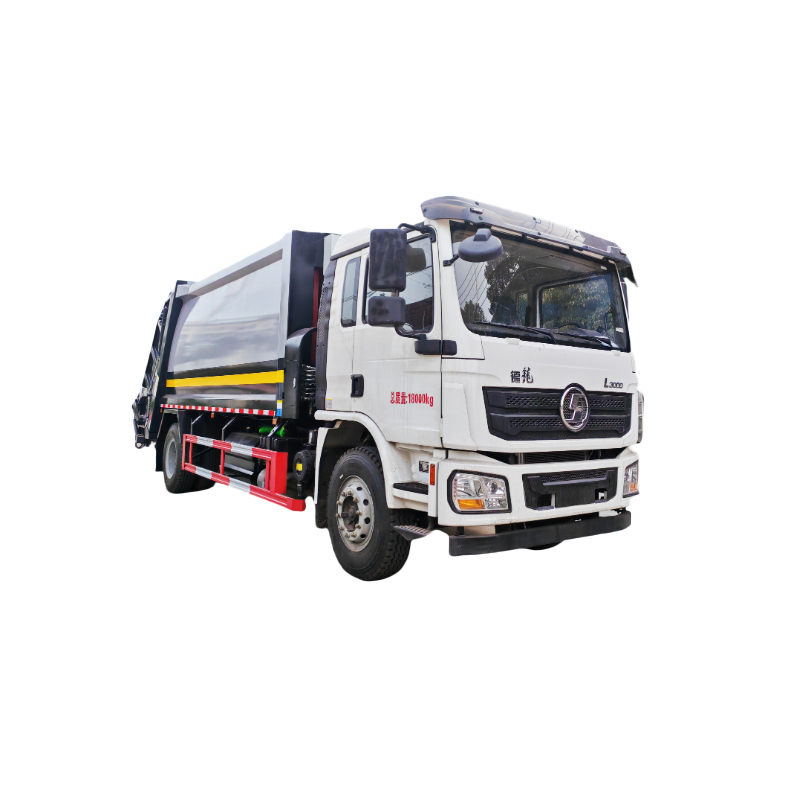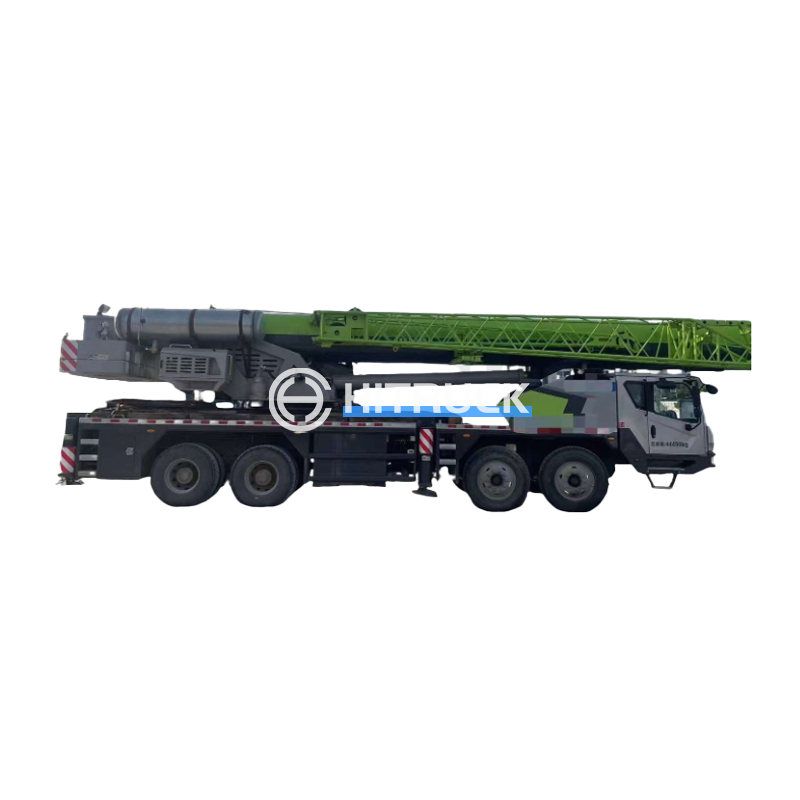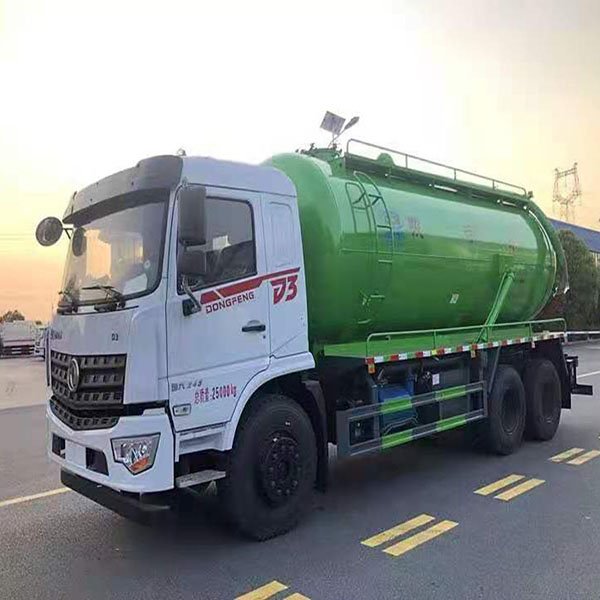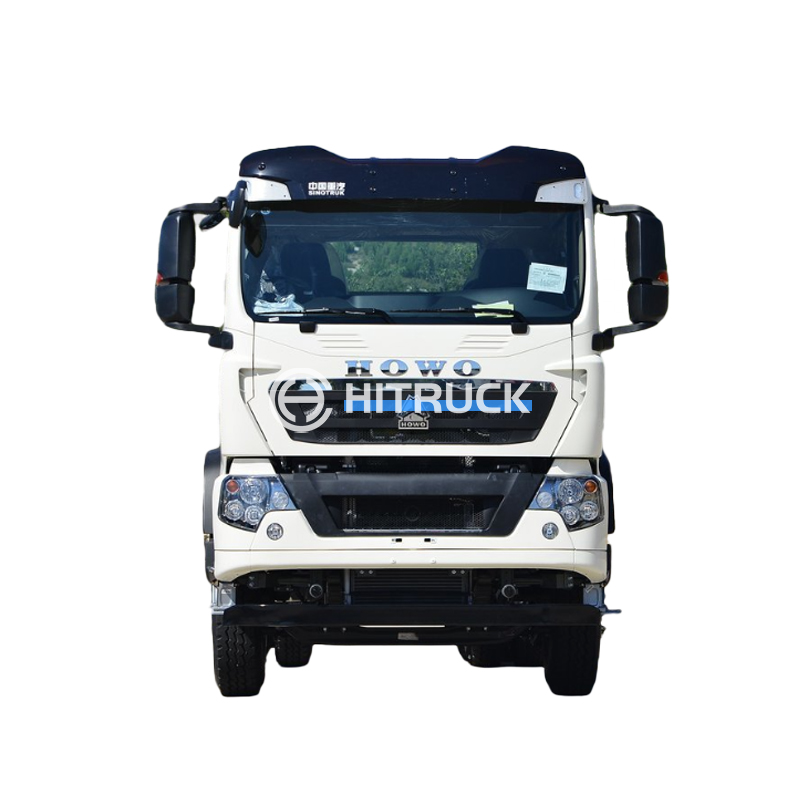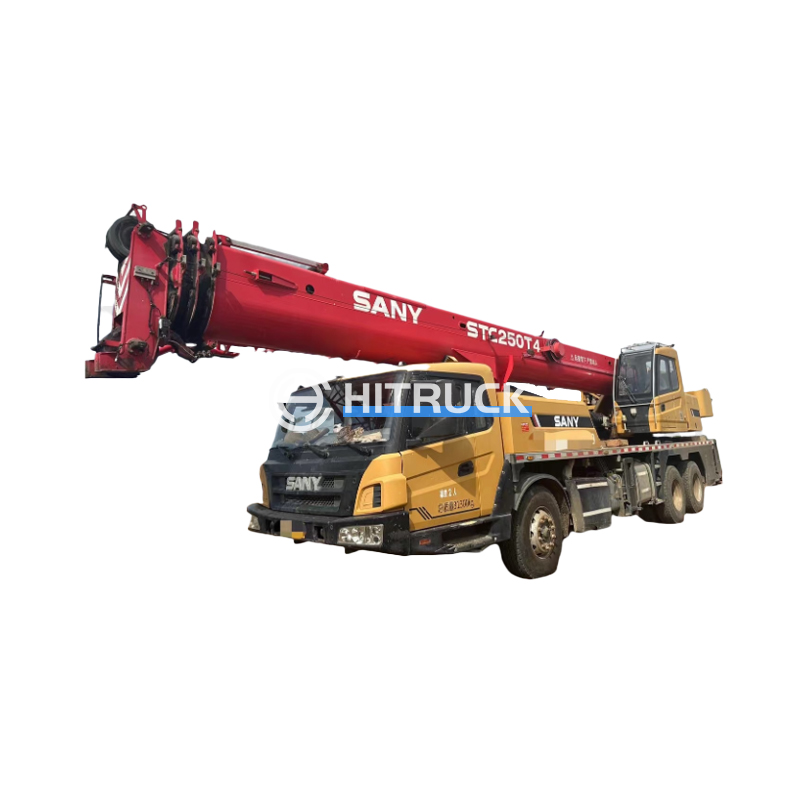Mini Overhead Cranes: A Comprehensive GuideThis article provides a detailed overview of mini overhead cranes, covering their types, applications, benefits, and selection considerations. We'll explore different models, safety features, and factors to consider when choosing the right mini overhead crane for your specific needs.
Choosing the right lifting equipment is crucial for efficiency and safety in various industries. Mini overhead cranes are compact and versatile lifting solutions ideal for workshops, factories, and even garages. This guide delves into the specifics of these cranes, helping you understand their capabilities and how to select the best one for your application. We’ll cover everything from different types of mini overhead cranes to crucial safety considerations and maintenance tips.
Mini overhead cranes come in various configurations, each designed for specific tasks and environments. The most common types include:
These are the simplest and most affordable mini overhead cranes. They rely on manual operation, making them suitable for lighter loads and less frequent lifting. Their compact design makes them ideal for tight spaces. However, manual operation can be strenuous for heavier loads.
Electric chain hoists offer greater lifting capacity and ease of use compared to manual hoists. They are powered by electricity, reducing operator fatigue and increasing efficiency. These are a popular choice for a wider range of applications.
Air hoists are powered by compressed air, making them suitable for environments where electricity is limited or presents a safety hazard. They are known for their durability and ability to operate in harsh conditions.
While not strictly mini overhead cranes in the traditional sense, jib cranes offer similar functionality in a compact form. They are often wall or ceiling mounted and provide a rotating arm for lifting and moving loads within a limited radius. These are excellent space-saving solutions.
| Factor | Description |
|---|---|
| Lifting Capacity | Determine the maximum weight you need to lift. Ensure the crane's capacity exceeds this weight with a safety margin. |
| Span | Consider the distance the crane needs to cover. This will influence the type and size of crane required. |
| Height | Determine the necessary lifting height to accommodate your workspace and materials. |
| Power Source | Choose between manual, electric, or air-powered hoists depending on your needs and environment. |
| Safety Features | Look for features like overload protection, emergency stops, and limit switches to ensure safe operation. |
Table showing key factors to consider when selecting a mini overhead crane.
Safety is paramount when operating any lifting equipment. Always follow manufacturer instructions and adhere to these safety precautions:
Several reputable suppliers offer a wide range of mini overhead cranes. For high-quality and reliable equipment, consider checking out online marketplaces and specialized industrial supply stores. For a diverse selection of lifting equipment and related products, visit Suizhou Haicang Automobile sales Co., LTD.
Remember to always prioritize safety and choose a mini overhead crane that meets your specific requirements and complies with all relevant safety regulations. Proper selection and maintenance will ensure years of efficient and safe operation.
